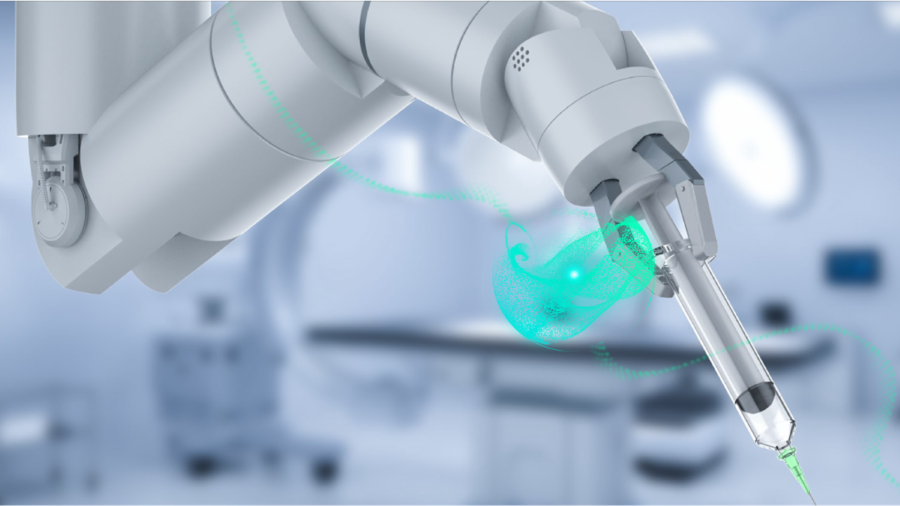Improve shop floor control and management in the medical device industry

Execution and enforcement can improve medical device compliance with perfect electronic design history records (eDHRs) and automated practices. Improve shop floor control by connecting product, design and manufacturers.
What is shop floor control?
First, let’s talk about what shop control means. Shop floor control comprises the methods and systems to prioritize, track and report against production orders and schedules. Shop floor control is responsible for the detailed management of activities and flow of materials inside a medical device manufacturing plant. This includes employees, materials, machines and production time.
Shop floor control tends to follow these functions sequentially:
- Planned orders
- Conversion of planned orders to process
- Production and process order scheduling
- Capacity requirements planning
- Material availability assessment
- Release of production/process orders
- Materials withdrawals
- Order confirmations
- Goods receipt documentation
- Order settlement
To learn more about shop floor control, visit our glossary here.
Regulatory trends in the industry
Today, it is hard to keep up with the changing focus from compliance to product quality while maintaining agility in the manufacturing process. Digitalization has changed the face of the medical device industry though. Customizable and wearable products are greatly impacting product cycles.
Government regulators are now having to reevaluate and modernize their standards to ensure consumer safety, product efficacy and regulatory compliance. The U.S. Food and Drug Administration (FDA), along with other countries, is putting a large emphasis on manufacturing quality when it comes to the increasing complexity of creating medical devices.
How can medical device manufacturers satisfy compliance regulations, maintain product quality and continue to innovate? Most manufacturers are still working from paper DHRs. This makes it hard to conduct root cause analyses and preventative actions. Now is the time to take advantage of digital tools and software systems to create perfect eDHRs and improve manufacturing processes.
How to error-proof the manufacturing process
When it comes to manufacturing execution systems (MES), there are 5Ms to consider:
- Material – Ensure resources are available.
- Man – Properly train operators.
- Machine – Use the correct equipment.
- Measure – Collect accurate test data.
- Method – Follow the right processes.
An MES for medical devices can manage the 5Ms by streamlining floor operations and reducing errors. Implementing a cloud-based MES can transform a manufacturing plant into a digital hub.
Siemens offers Operational Excellence tools to help with today’s medical device challenges in the manufacturing market. Operational Excellence for medical devices automates manufacturing workflows across operators and machinery to improve compliance. Siemens Opcenter Execution provides manufacturers with paperless manufacturing, advanced planning and flawless eDHRs.
Learn more about how to improve the manufacturing and quality processes to deliver new visibility and shop floor efficiency with our Operational Excellence solution. Read our e-book today.
Interested in more blogs about digitalization and Operational Excellence? Check out our blog network here.


